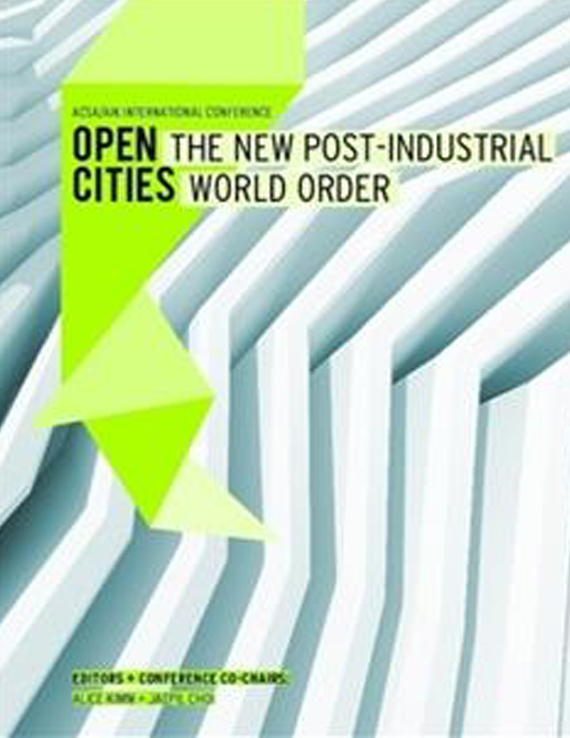Author(s): Ian Caine
This paper describes the pedagogical approach of a graduate architecture seminar that investigated the historical foundations of suburban expansion in the United States. The class focused on the life of a single street: Fredericksburg Road in Austin, Texas. Fredericksburg Road, founded in the 1840s as a military route to the frontier, served a number of purposes throughout the years: as a camel route for the Army in 1855, as a path for troops during WWI, as an automotive link to the Old Spanish Trail highway in 1929, and most recently, as a highly traveled commercial arterial in the city. For the purposes of this design research project, Fredericksburg Road served as a suburban timeline, chronicling the physical expansion of one of the ten fastest growing cities in the United States. The timeline simultaneously projected Fredericksburg Road across two axes: one marking time and one marking distance. Students recorded the time-axis over a period of 120 years, beginning in 1890 and ending in 2010. The 1890 starting point corresponded to the oldest and southern-most stretch of Fredericksburg, an area originating adjacent to the city’s historic core. The axis extended north towards the suburban periphery, terrain marked by big boxes, office parks, and cul-de-sacs. Students next measured the distance-axis across 12 miles, beginning with mile-0and extending to mile-12. Similarly, the 0-mile marker corresponded to the older, southern portion of the road, while the 12-mile marker extended to the city’s more recent northern suburbs. The product of the class was a 3-part public exhibition at a major cultural museum: Exhibit 1 included a 33-foot x 9-foot morphological timeline chronicling 120 years and12 miles of suburban development along Fredericksburg Road. Topics for GIS-based analysis included building typology, lot size, residential density, parking counts, land value, roads, sidewalks, program, zoning, transportation, and infrastructure. Exhibit 2 offered an eight-minute short film that simulated the experience of driving on Fredericksburg Road. Students shot the sequence with a dashboard-mounted camera, then narrated and edited the footage using Adobe Premiere. A simulated “odometer” supplemented the film, simultaneously marking 120 years and 12 miles of history. Exhibit 3 consisted of multiple oral histories, transcribed and edited into a short film by a faculty collaborator and curatorial researcher at the museum. This paper proposes that the seminar’s pedagogical framework enabled students to make powerful connections between the road’s historical chronology, geographic expansion, and formal development. The use of film further permitted students to examine both perceptual and social issues. As an instrument for research, the timeline allowed students to measure and compare disparate elements, establishing sequence and order across time and distance. The learning outcome for students included a highly integrated comprehension of suburban history, geography, and form. The production of similar morphological timelines offers a robust and repeatable platform for the analyses of future streets and territories.
Volume Editors
Alice Kimm & Jaepil Choi
ISBN
978-0-935502-91-6

 Study Architecture
Study Architecture  ProPEL
ProPEL 
